Musíte být přihlášen
-
moreX
-
Komponenty
-
-
Category
-
Polovodiče
- LED diody
- Tyristory
- Elektroizolační moduly
- Přemosťovací usměrňovače
-
Tranzistory
- Tranzistory | GeneSiC
- SiC MOSFET moduly | Mitsubishi
- SiC MOSFET moduly | STARPOWER
- Moduly ABB SiC MOSFET
- Moduly IGBT | MITSUBISHI
- Tranzistorové moduly | MITSUBISHI
- Moduly MOSFET | MITSUBISHI
- Tranzistorové moduly | ABB
- Moduly IGBT | POWEREX
- Moduly IGBT | INFINEON (EUPEC)
- Polovodičové prvky z karbidu křemíku (SiC)
- Go to the subcategory
- Ovladače brány
- Bloky napájení
- Go to the subcategory
- Měniče proudu a napětí LEM
-
Pasivní součásti (kondenzátory, rezistory, pojistky, filtry)
- Rezistory
-
Pojistky
- Miniaturní pojistky pro elektronické obvody řady ABC a AGC
- Trubkové rychle působící pojistky
- Pojistkové vložky s časovým zpožděním s charakteristikami GL / GG a AM
- Ultrarychlé pojistkové články
- Rychle působící pojistky (britský a americký standard)
- Rychle působící pojistky (evropský standard)
- Pojistky pojezdu
- Pojistkové vložky vysokého napětí
- Go to the subcategory
-
Kondenzátory
- Motorové kondenzátory
- Elektrolytické kondenzátory
- Filmové kondenzátory
- Výkonové kondenzátory
- Kondenzátory pro stejnosměrné obvody
- Kondenzátory korekce účiníku
- Vysokonapěťové kondenzátory
- Indukční topné kondenzátory
- Kondenzátory pulsu a energie
- DC LINK kondenzátory
- Kondenzátory pro AC / DC obvody
- Go to the subcategory
- EMI filtry
- Superkondenzátory
- Přepěťová ochrana
- Go to the subcategory
-
Relé a stykače
- Teorie relé a stykačů
- 3fázová střídavá polovodičová relé
- 3fázová střídavá polovodičová relé
- Regulátory, ovládací prvky a příslušenství
- Měkké spouštění a reverzační stykače
- Elektromechanická relé
- Stykače
- Otočné spínače
-
Jednofázová střídavá polovodičová relé
- Jednofázová střídavá polovodičová relé, 1 řada | D2425 | D2450
- Jednofázová střídavá polovodičová relé řady CWA a CWD
- Jednofázová střídavá polovodičová relé řady CMRA a CMRD
- Jednofázová střídavá polovodičová relé řady PS
- Dvojitá a čtyřnásobná střídavá polovodičová relé řady D24 D, TD24 Q, H12D48 D.
- Jednofázová polovodičová relé řady GN
- Jednofázová střídavá polovodičová relé řady CKR
- Jednofázová AC relé na lištu DIN řady ERDA A ERAA
- Jednofázová AC relé pro proud 150 A.
- Dvojitá polovodičová relé integrovaná s chladičem pro lištu DIN
- Go to the subcategory
- Jednofázová AC polovodičová relé pro PCB
- Relé rozhraní
- Go to the subcategory
- Jádra a další indukční součásti
- Radiátory, varistory, tepelné ochrany
- Fanoušci
- Klimatizace, příslušenství pro elektrické skříně, chladiče
-
Baterie, nabíječky, vyrovnávací zdroje a střídače
- Baterie, nabíječky - teoretický popis
- Lithium-iontové baterie. Vlastní baterie. Systém správy baterií (BMS)
- Baterie
- Nabíječky baterií a příslušenství
- Záložní zdroj UPS a vyrovnávací napájecí zdroje
- Převaděče a příslušenství pro fotovoltaiku
- Úschovna energie
- Palivové články
- Lithium-iontové baterie
- Go to the subcategory
-
Automatika
- Futaba Drone Parts
- Koncové spínače, mikrospínače
- Senzory, převodníky
- Pyrometrie
- Počítadla, časovače, panelové měřiče
- Průmyslová ochranná zařízení
- Světelná a zvuková signalizace
- Termovizní kamera
- LED displeje
- Tlačítka a spínače
-
Zapisovače
- Zapisovač AL3000
- Rekordér KR2000
- Rekordér KR5000
- Měřič HN-CH s funkcí registrace vlhkosti a teploty
- Spotřební materiál pro zapisovače
- Rekordér 71VR1
- Zapisovač KR 3000
- Počítačové rekordéry řady R1M
- Počítačové rekordéry řady R2M
- PC rekordér, 12 izolovaných vstupů - RZMS-U9
- PC rekordér, USB, 12 izolovaných vstupů - RZUS
- Go to the subcategory
- Go to the subcategory
-
Kabely, dráty, vodiče, flexibilní připojení
- dráty
- lanka
- Kabely pro speciální aplikace
- košile
-
prýmky
- prýmky byt
- prýmky kolo
- Velmi flexibilní opletení - plochý
- Velmi flexibilní opletení - Round
- Měď opletené válcové
- Mědí štít a válcové
- Flexibilní zemnící pásky
- Opletení válcovité pozinkované a nerezové oceli
- PVC izolované měděné pletivo - teplota 85 ° C
- Ploché pletené hliníkové
- Connection Kit - prýmky a trubky
- Go to the subcategory
- Příslušenství pro trakční
- kabelové botky
- Ohebné izolované přípojnice
- Vícevrstvá ohebná lišta
- Systémy vedení kabelů
- Potrubí, trubky
- Go to the subcategory
- View all categories
-
Polovodiče
-
-
- Suppliers
-
Applications
- AC a DC pohony (střídače)
- Automatizace HVAC
- CNC obráběcí stroje
- Energy bank
- Indukční ohřev
- Komponenty pro prostředí s nebezpečím výbuchu (EX)
- Měření a regulace teploty
- Měření a regulace teploty
- Motory a transformátory
- Napájecí zdroje (UPS) a usměrňovací systémy
- Průmyslová automatizace
- Průmyslová automatizace
- Průmyslová ochranná zařízení
- Stroje na sušení a zpracování dřeva
- Stroje na tvarování plastů za tepla
- Svařovací stroje a svářecí stroje
- Těžba, hutnictví a slévárenství
- Tisk
- Tramvajová a železniční trakce
- Zařízení pro distribuční, řídicí a telekomunikační skříně
-
Instalace
-
-
Induktory
-
-
Indukční zařízení
-
-
https://www.dacpol.eu/pl/naprawy-i-modernizacje
-
-
Servis
-
- Kontakt
- Zobacz wszystkie kategorie
Capacitive touch screens: How they work and their application in industry

Capacitive touchs creens play a crucial role in the modern world of technology, and their application in industry is becoming increasingly common. Thanks to their reliability and precision, capacitive touch panels are used in many industrial sectors, from automation to medical devices. But how exactly does a capacitive touch screen work, and why is it so popular in industry? Let’s take a look at its operating principles and key advantages.
How Capacitive Touch Screens Work
A capacitive touch screen operates by detecting changes in an electric field. Unlike resistive screens, which respond to pressure, a capacitive touch screen utilizes the electrical conductivity properties of human skin. When the user touches the screen, there is a change in the distribution of electrical charge on the surface of the panel. Special sensors located on the edges of the screen analyze these changes, accurately pinpointing the touch location.
A key feature of capacitive screens is their ability to respond to very light touches, which enhances user comfort. Capacitive touch panels are also highly durable, as they lack mechanical moving parts that could wear out over time.
Application of Capacitive Touch Screens in Industry
Capacitive touch panels are widely used in industrial settings primarily because of their durability and precise operation. They are resistant to mechanical damage, such as scratches, making them an ideal solution for industries where exposure to dust, dirt, or moisture is common.
In automation, capacitive screens are used to control machinery and equipment. Thanks to their intuitive interface, users can manage production processes quickly and efficiently. Additionally, capacitive touchscreens are well-suited for control panels, where fast response and accuracy are required. These screens are often found in Human-Machine Interface (HMI) devices, which enable direct interaction between humans and machines.
Advantages of Capacitive Technology Over Resistive Technology
Capacitive screens have several important advantages over their resistive counterparts. First, they are more sensitive to touch, allowing for more precise operation. Second, capacitive touch panels are more resistant to wear, as they do not require pressure to function, significantly extending their lifespan. Moreover, due to their design, capacitive touch screens offer better visibility, as they do not need to be covered with protective layers, which is often the case with resistive screens.
Conclusion
Capacitive touchscreens are modern and highly functional solutions that are successfully applied in many industrial sectors. Their operating principle is based on detecting changes in an electric field, ensuring high precision and durability. Capacitive touch panels are indispensable in industrial environments due to their resistance to mechanical damage and intuitive operation. As technology advances, it is expected that their use will become even more widespread, increasing the efficiency of production processes and enhancing user comfort.
Související produkty
Související příspěvky
 Now available – DC/DC converters from PREMIUM
Now available – DC/DC converters from PREMIUM
 New release in DACPOL lighting for lathes – Kira covers
New release in DACPOL lighting for lathes – Kira covers




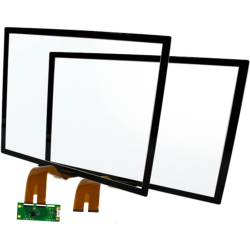
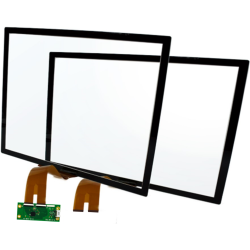
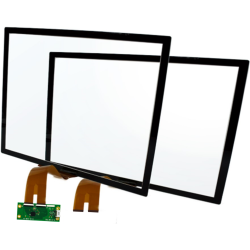
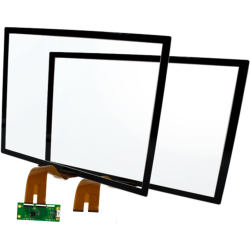
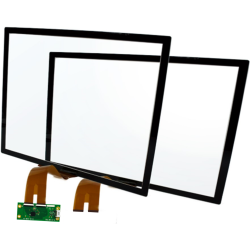
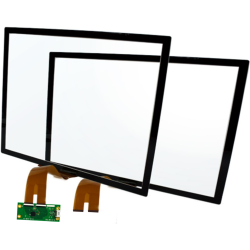
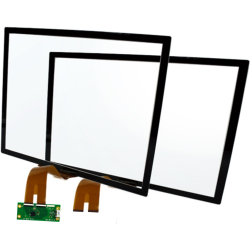
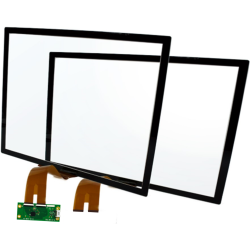
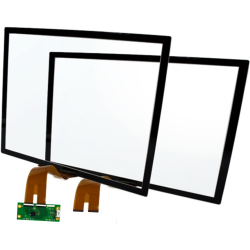
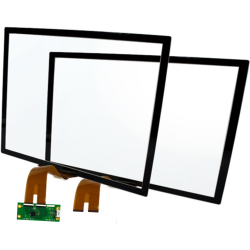

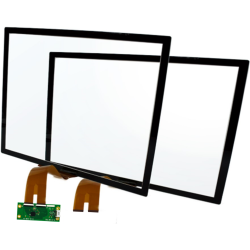
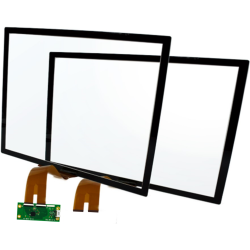
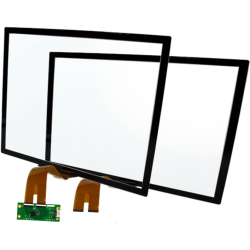
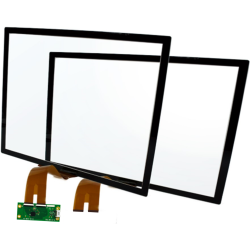
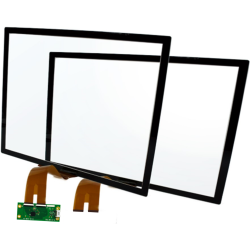
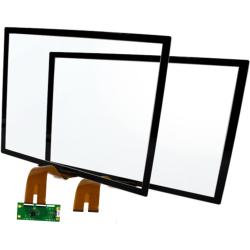
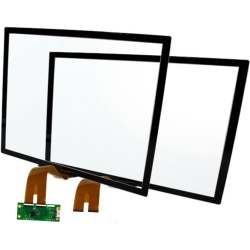
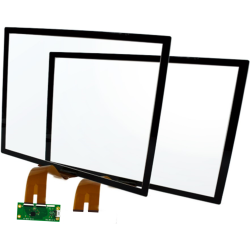
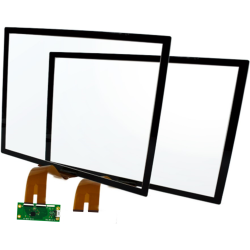
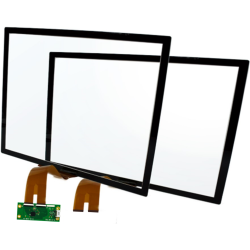
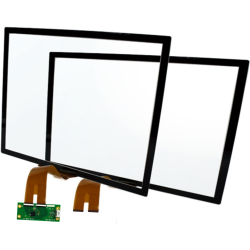
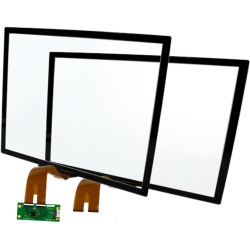
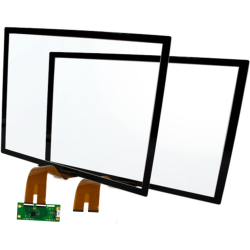
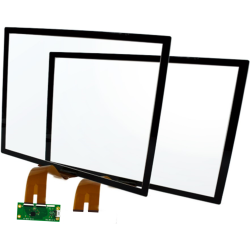
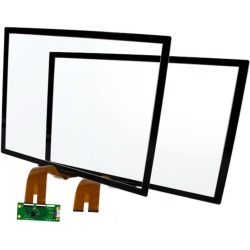
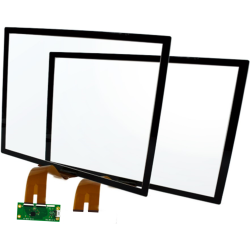
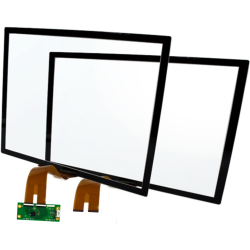
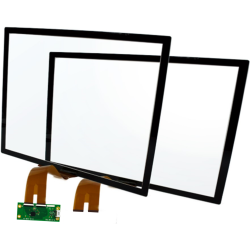
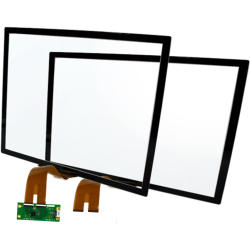
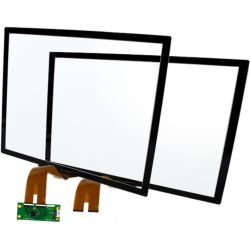
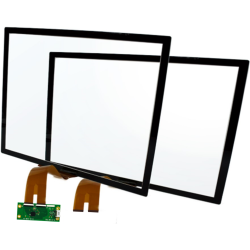
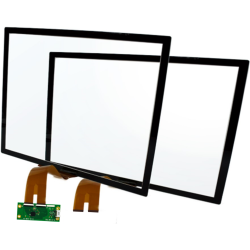
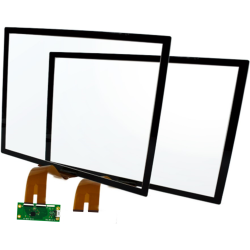
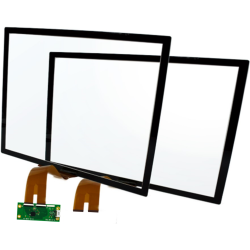
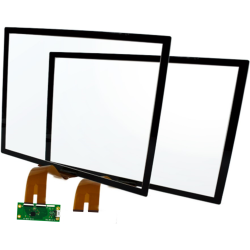
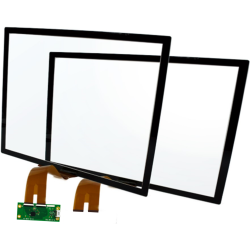
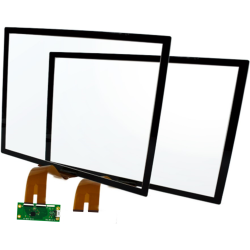
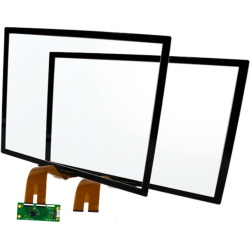
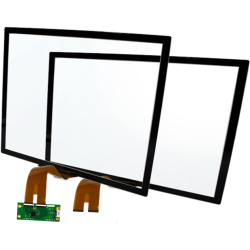
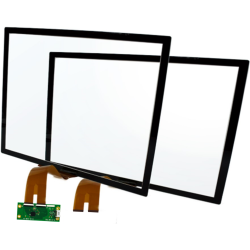
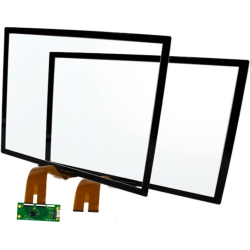
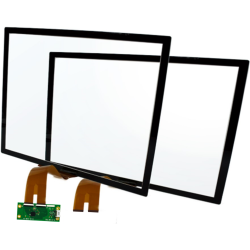
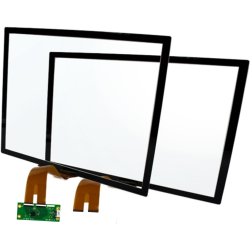
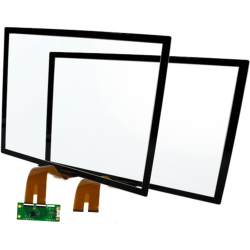
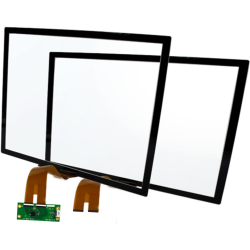
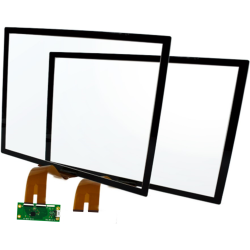
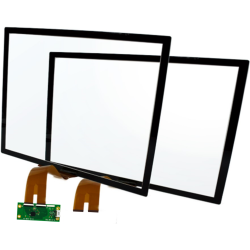
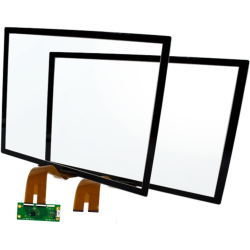
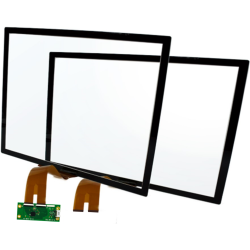
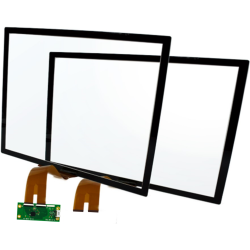
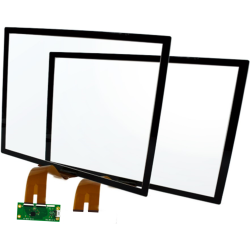
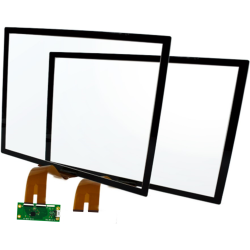
Zanechat komentář